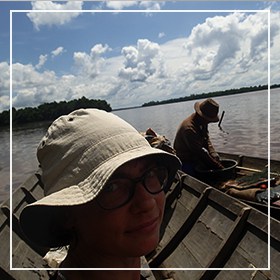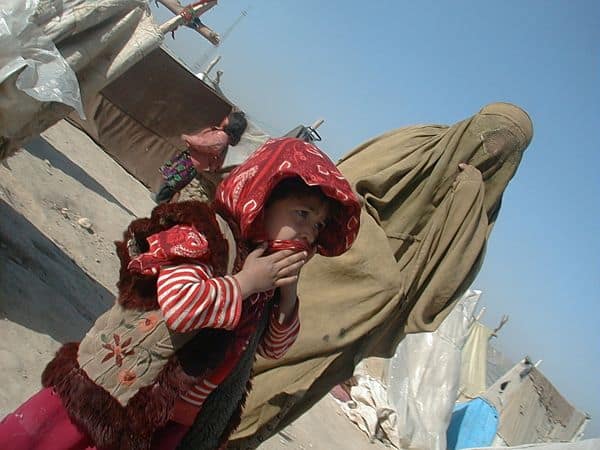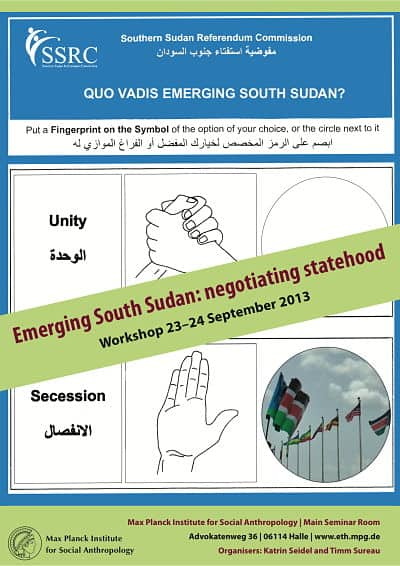This week, Allegra makes a five-day trip to the northern capital of Finland – Helsinki! Our fantastic local allies have put together a comprehensive string of posts on the Biennial Conference of the Finnish Anthropological Society – titled Landscapes, sociality and materiality – as well as the Knots – Part 2 -Conference, which complemented this Nordic week of Anthrofun!
We share the best highlights of these events via four fabulous posts. Tomorrow, we set things in motion with an interview of Philip Descola, Professor of Anthropology of the Collège de France. His interview continues themes highlighted by the Edward Westermarck lecture that he held at the event at its closing
On Wednesday we will feature an interview with Anna Tsing, Professor of Anthropology at the University of California Santa Cruz; her keynote opened the event. Both interviews will be complemented by videos of the lectures.
On Thursday we will feature review articles on several of the panels, and on Friday we will share notes and videos of the Knots – Part 2 event by Sarah Green, Professor of Anthropology at the University of Helsinki.
To get us in the mood, let’s take a brief glimpse at the event’s highlights!
On October 21 and 22 this year, more than 200 researchers from over 30 countries gathered in the House of Science and Letters, a building near the Helsinki seafront preserved in the Nordic Classical style of the 1920s. The building houses Finland’s academic societies, and it also served as the venue for the two-day Biennial Conference of the Finnish Anthropological Society, held under the theme “Landscapes, Materiality and Sociality.” The conference, which included fourteen panels, a poster session and a film session, focussed on the notion of landscape, exploring also how this concept has become a pivotal concept of anthropological research over the past years.
How are human lives entwined with other species and the various materials, and how do they jointly constitute the landscapes that we live in? Through what kinds of institutions, technologies, practices and experiences do people construct, inhabit and imagine particular places and locations? How are landscapes produced and processed through large-scale processes of capitalism, which transform the conjoint lives of humans, plants, animals and other nonhumans in specific places?
Both the event’s keynote by Anna Tsing and the Edward Westermarck Memorial Lecture given by Philippe Descola, concluding the event, reflected the variety of approaches that characterise debates on landscapes both as objects of multidisciplinary study and as culturally specific places structured through the relations of people, materials and nonhuman species.

In her keynote Anna Tsing reflected critically on the concept of the Anthropocene, addressing landscapes as assemblages that both come together and fall apart. She described how ‘human-disturbed’ landscapes escape human designs and become reassembled by feral and invasive species of plants, animals and other organisms through a process she calls “auto-rewilding.” Based on a genealogy of landscapes as gatherings of multiple species negotiating collaborative survival, she offered alternative readings to the processes of domestication, conquest and industrialisation that interrupt universal histories of the Anthropocene.
To get past the human exceptionalism that arguably remains latent in concepts of alternative ontologies, she cited Verran’s notion of ontics as one that can include the practices through which all species enact their modes of being, and help to observe the ways they touch, overlap, layer and mutate, ordering landscapes in complex ways. She concluded with a call for transdisciplinary collaboration in mapping processes of auto-rewilding in unsettled landscapes and new forms of theory, description and noticing that would be able to attend to them.
Philip Descola’s Westermarck lecture began by tracing two different lines of conceptualization of landscapes: one that regards landscape as a picturesque object of the visual gaze, another of landscapes loosely defined as objective places inhabited by humans. Arguing that understanding how landscapes are actualized from potential features, especially in cultures with no emphasis on pictorial traditions of landscape representation, requires attending to the processes and figurative codes through which images, beings and objects are constituted as landscapes, he expressed a wish to develop a third approach based on the concept of transfiguration.
Taking Amazonian gardens and anthropogenic forests as examples of animist, metamorphic landscapes, he showed how the appearance of such sites becomes changed and reversed in the perspectives of humans and nonhumans, disclosing them as iconic signs that stand for something else.

In the panels debate over these themes continued via specific focus on the concept of landscape as well as via ethnographic case studies. Jointly they addressed built environments, infrastructures and technologies, ritual and the sacred, identity and memory, and capitalist processes. Some panels focused on technologies and infrastructures that create both opportunities and challenges that influence policy-making and the emergence of new political articulations. Case studies focussed of conditions of mobility of goods and people and the politics of social movements were also featured, considering, for example, social identities created in the process of urban mobilizations that problematize the moral legitimacy of austerity policies and responses to environmental fears.
Many papers highlighted the role of social memory in the co-formation of landscapes and identities, as people recollect their past ties to places and revalue them, for instance, through experiences of migration and diasporic social life.

Several papers in different panels focused on diverse forms of sacred landscapes, exploring how sacredness relates to the continuity and emergence of identities, political claims of authenticity, authority and ownership, ecological stewardship based on religious values, and processes of re-enchantment in ostensibly modernized social contexts. These tied in with another panel of papers focused on the role of ritual processes in creating landscapes, and how they articulate varied historical and political contexts with a variety of ontological notions concerning relations with nonhumans.
Numerous papers also examined contemporary capitalist processes that drive extractive industries such as mining and plantation economies, as well as infrastructural projects such as road building, considering how landscapes can operate as connection points for processes on different scales. As the local landscapes reshaped by these processes may be cohabited not only by humans but various nonhumans such as spirits and ancestors, varied configurations of actors evidently influence the formation and negotiation of landscapes in ways essential to the politics of nature.

These different approaches reflect the variety of ways in which anthropologists are studying landscapes today. For some scholars the variety of uses and definitions of the landscape concept raises questions about its ambiguity. Others are drawn to it for its novel possibilities that these kinds of debates open, not only for examining human socialities but also their involvements with different materialities and entanglements with nonhumans. As an integrative concept, landscape facilitates debates about the universal and particular features of the associated processes and their local configurations. There is no doubt that transformed and human-disturbed landscapes have inspired discussions about the Anthropocene(s) and capitalist geographies, while anthropological explorations of indigenous notions of landscapes, exemplified by Philippe Descola’s reflections on Amazonian gardens, extend the relevance of the concept of landscape and make anthropological comparison possible.
What seemed, in the end, to unite many of the conference papers and attendees was an effort to go beyond dualisms at both theoretical and ethnographic levels by analytical use of an anthropological concept of landscape.






